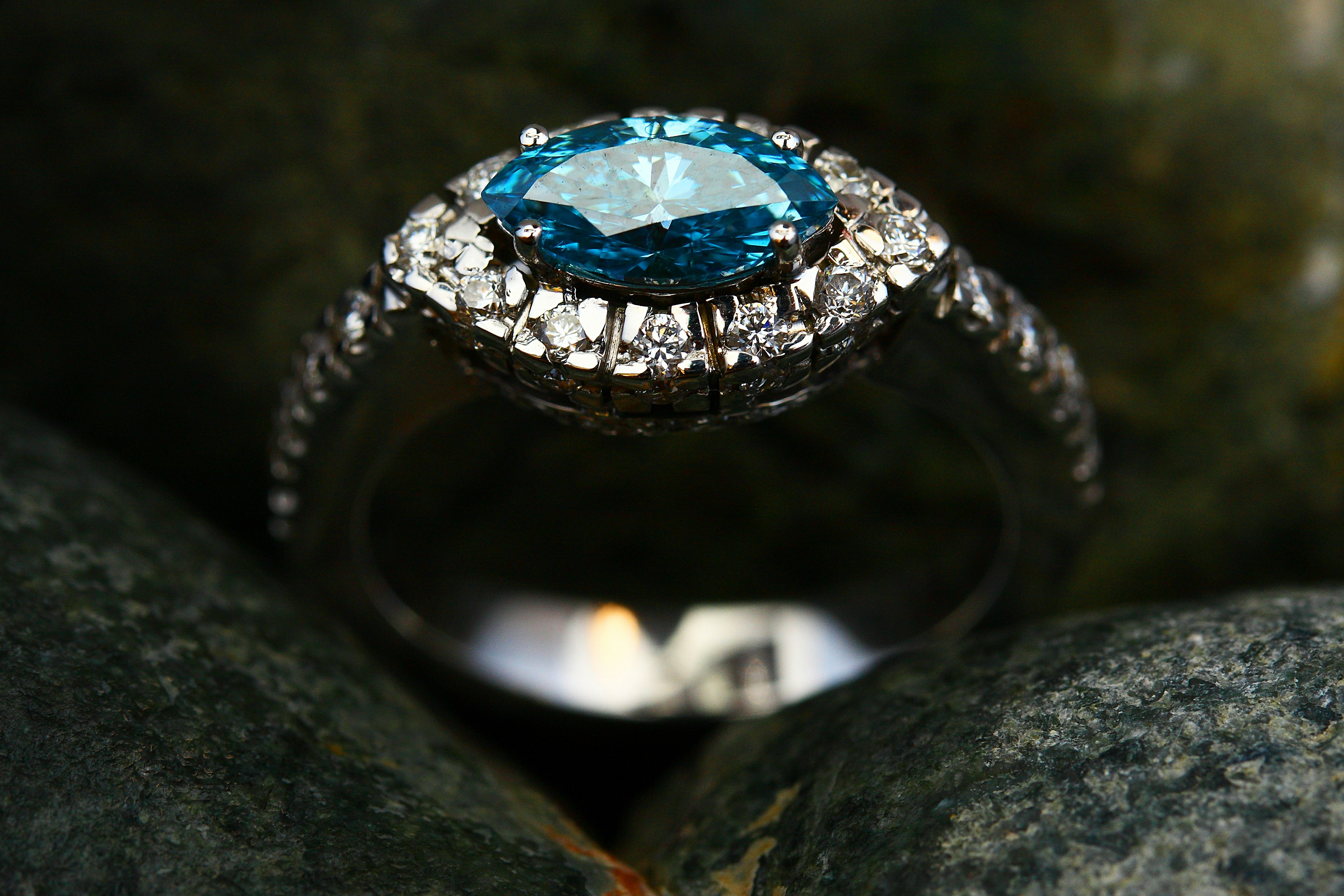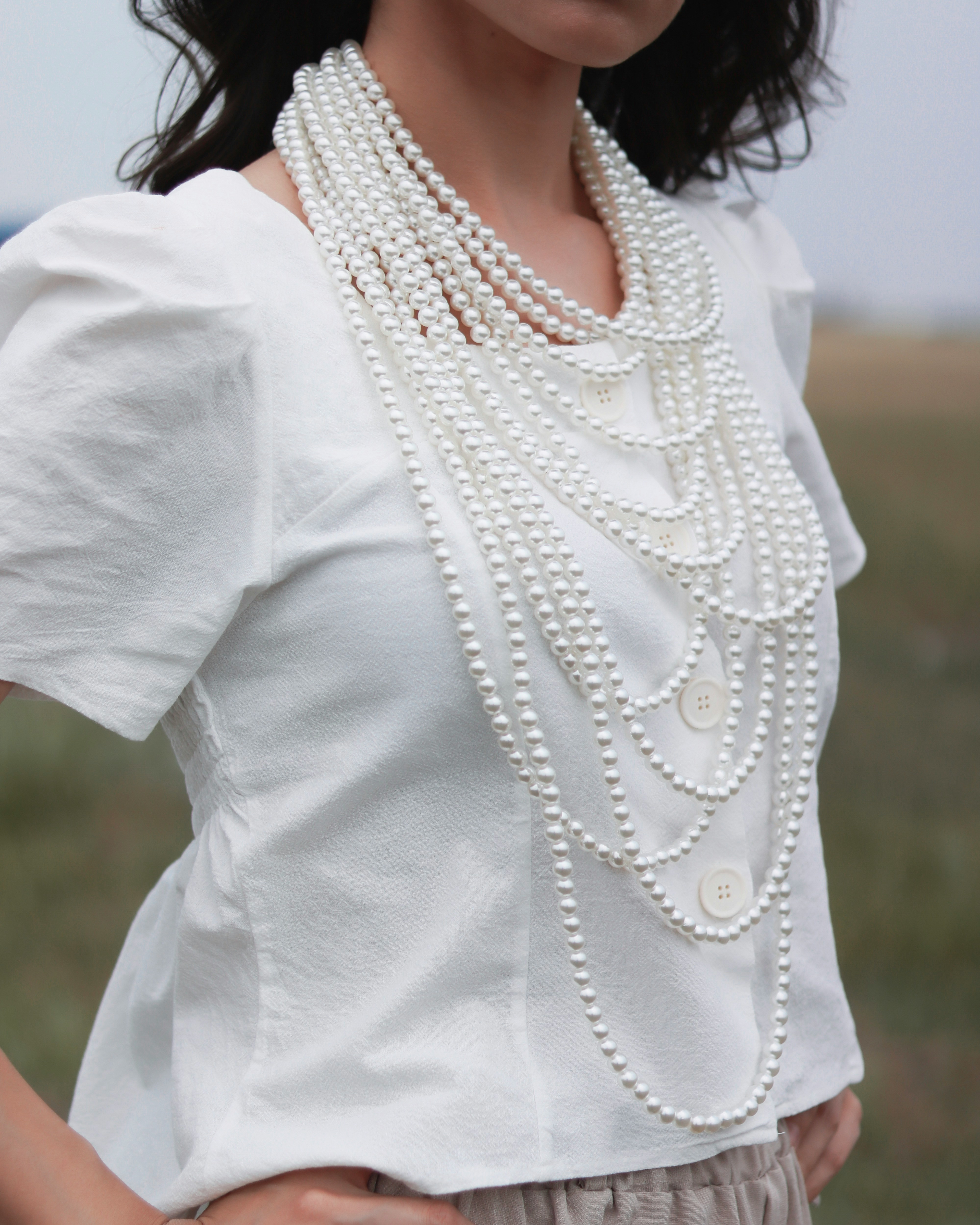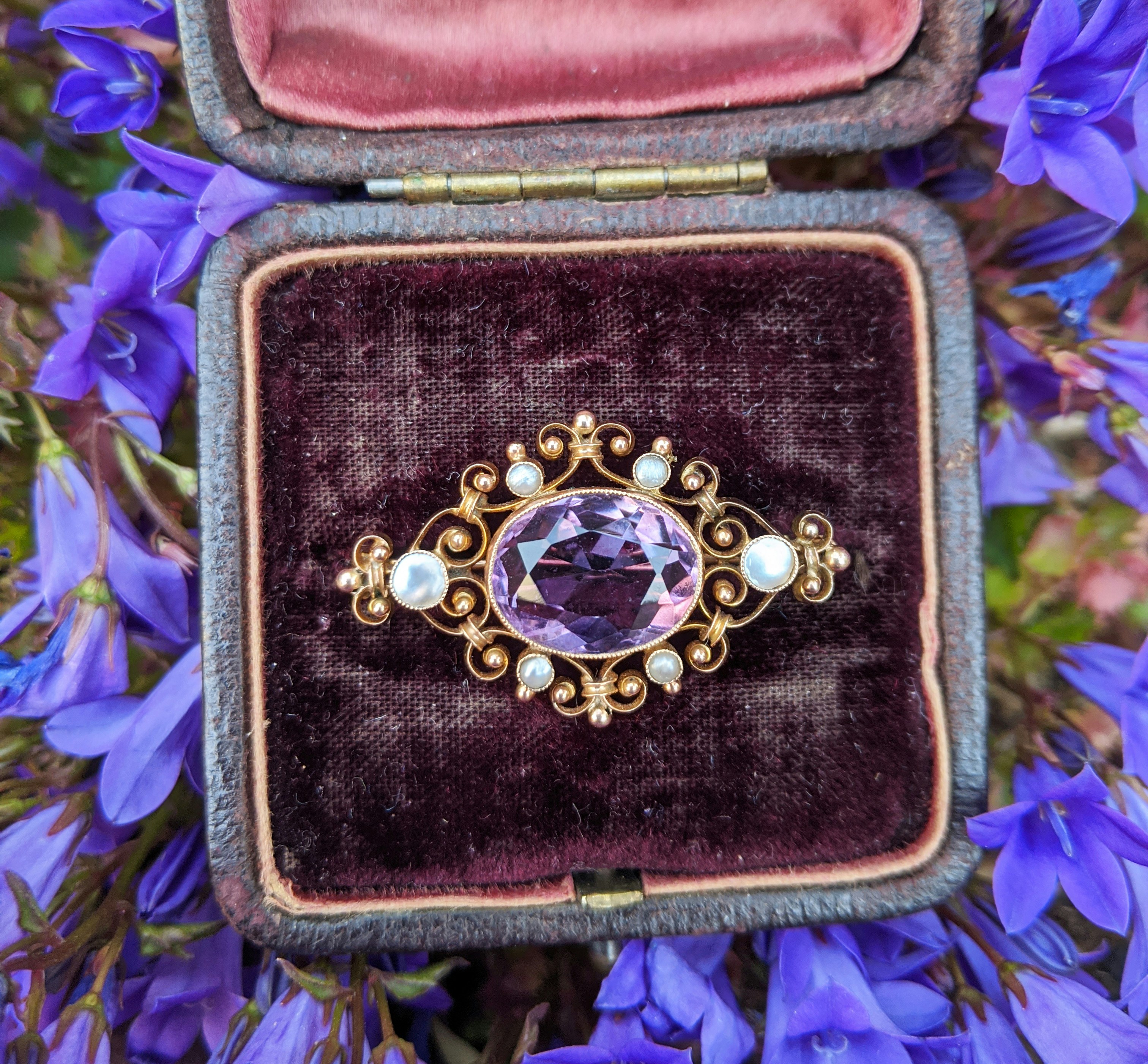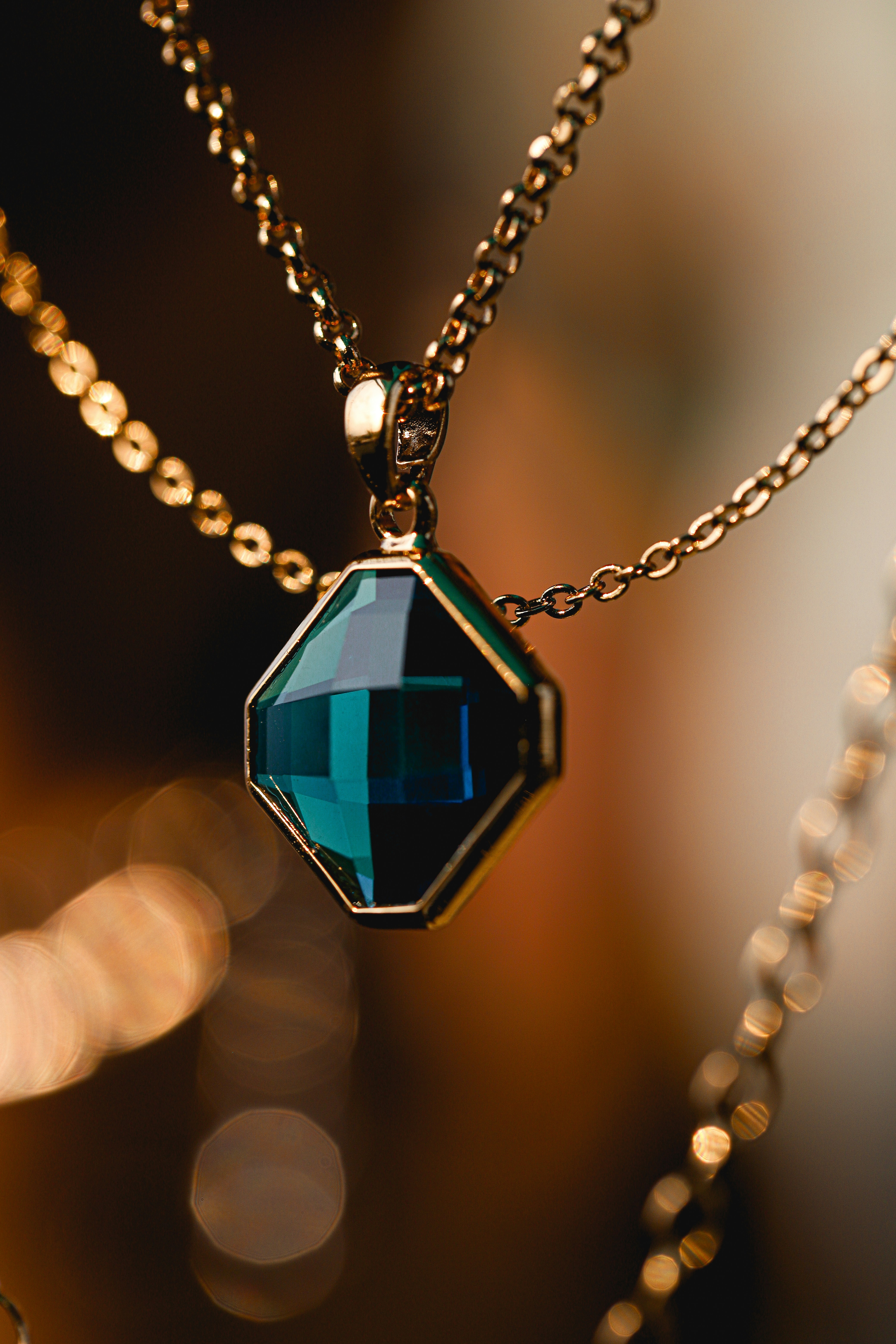Fred Harvey Era Jewelry Guide
Alexander Kellerson
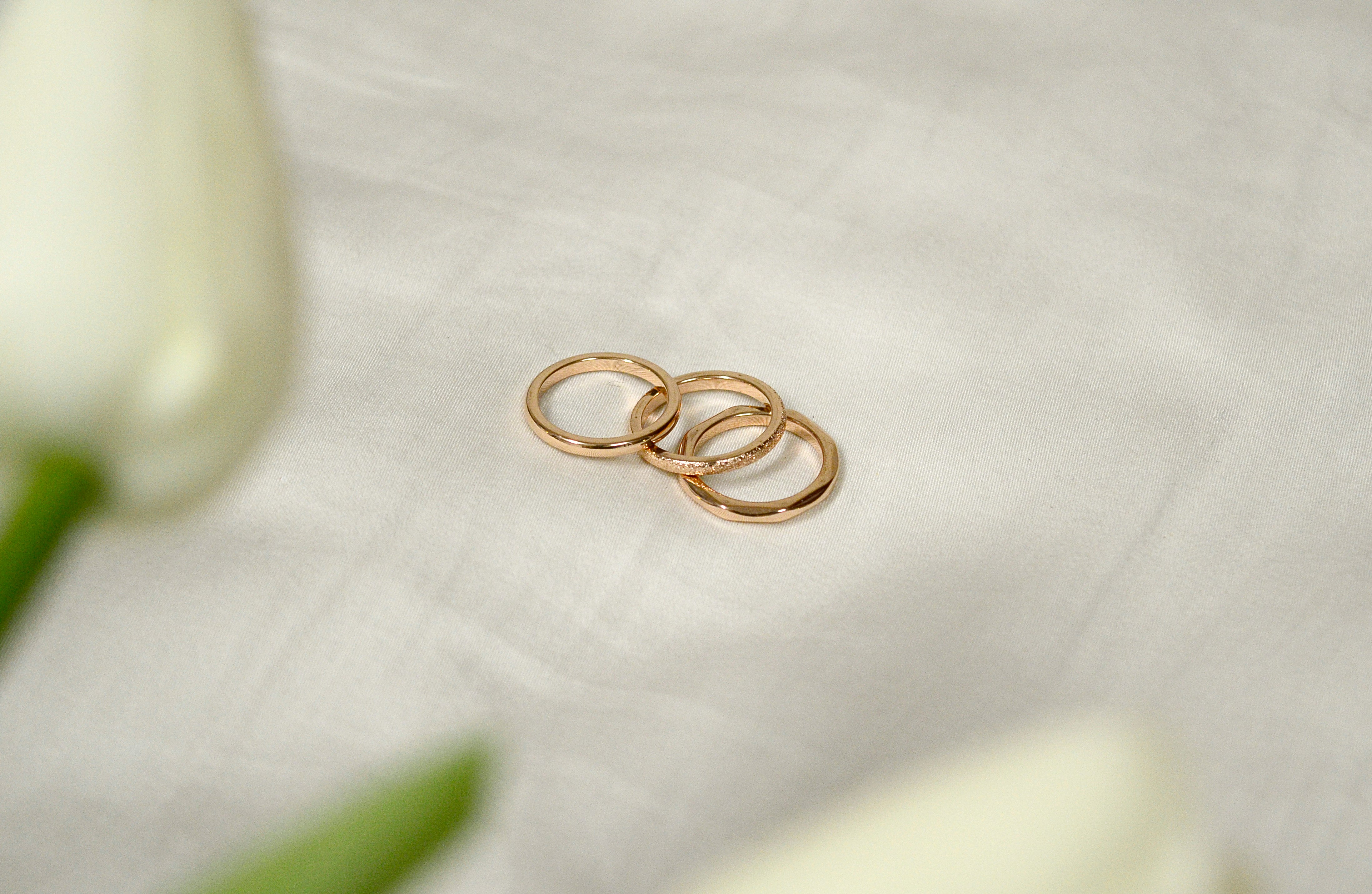
Introduction to Fred Harvey Era Jewelry
Fred Harvey Era jewelry refers to a distinctive style of Native American jewelry that emerged in the late 19th and early 20th centuries. Named after the influential entrepreneur Fred Harvey, this jewelry became popular with tourists traveling the Santa Fe Railway. Known for its unique blend of Native American craftsmanship and Western motifs, Fred Harvey Era jewelry holds a special place in the history of American adornment.
This era, spanning from the 1890s to the 1950s, saw a significant collaboration between Native American artisans and commercial enterprises. The jewelry produced during this time is renowned for its intricate designs, use of traditional techniques, and the incorporation of symbols that hold cultural significance. Collectors and enthusiasts today value Fred Harvey Era jewelry for its historical importance and aesthetic appeal.
The Historical Context of the Fred Harvey Era
The Fred Harvey Era began with the establishment of the Fred Harvey Company, which aimed to provide high-quality hospitality services to travelers along the Santa Fe Railway. As part of their marketing strategy, the company promoted and sold Native American jewelry and crafts in their hotel gift shops. This period coincided with a growing interest in the American Southwest and its indigenous cultures.
The collaboration between the Fred Harvey Company and Native American artisans helped bring Native American jewelry to a wider audience. Tourists were captivated by the exotic and handcrafted nature of these pieces, leading to increased demand and production. This era also marked the beginning of significant cultural exchanges between Native American tribes and mainstream American society.
Characteristics of Fred Harvey Era Jewelry
Fred Harvey Era jewelry is characterized by its unique blend of traditional Native American techniques and designs with motifs that appealed to tourists. Common features include hand-stamped patterns, repoussé (raised) elements, and the use of turquoise and other local stones. These pieces often showcased intricate silverwork, demonstrating the artisans' skill and creativity.
Another defining characteristic is the incorporation of symbols such as thunderbirds, arrows, and sun rays, which were meant to evoke the mystique and spirit of the American Southwest. These symbols not only enhanced the aesthetic appeal of the jewelry but also provided a cultural narrative that resonated with buyers seeking an authentic connection to Native American heritage.
Materials and Techniques Used
Fred Harvey Era jewelry primarily utilized materials readily available in the American Southwest, including sterling silver and turquoise. Artisans also incorporated other stones like coral, jet, and mother-of-pearl to add color and variety to their creations. The use of high-quality silver was a hallmark of this era, ensuring the durability and longevity of the jewelry.
Techniques such as stamping, repoussé, and overlay were commonly employed to create intricate designs and textures. Hand-stamping involved using metal stamps to impress patterns into the silver, while repoussé involved hammering the reverse side of the metal to create a raised design. These traditional methods required significant skill and precision, resulting in unique and highly detailed pieces.
Popular Designs and Motifs
Popular designs in Fred Harvey Era jewelry often featured motifs inspired by Native American culture and the natural beauty of the Southwest. Common themes included thunderbirds, which symbolize power and protection, as well as arrows and arrowheads, representing strength and direction. Other motifs included sun rays, snakes, and various animal figures, each with its own cultural significance.
These designs were not only aesthetically pleasing but also carried deep symbolic meanings for the Native American tribes who created them. The jewelry served as a medium for expressing cultural identity and spirituality, making each piece a unique artifact of both artistic and historical value.
Significance of Symbolism in Fred Harvey Jewelry
The symbolism embedded in Fred Harvey Era jewelry reflects the rich cultural heritage of Native American tribes. Symbols like the thunderbird, which signifies strength and power, and the arrow, representing protection and direction, were integral to the jewelry's design. These symbols were not only decorative but also conveyed important cultural narratives and beliefs.
For tourists, the symbolic elements added an exotic and mystical appeal to the jewelry. They were drawn to the idea of owning a piece of jewelry that held deeper meanings and connections to Native American traditions. This blend of cultural significance and aesthetic beauty contributed to the enduring popularity of Fred Harvey Era jewelry.
Notable Fred Harvey Jewelry Artisans
Several Native American artisans gained recognition for their exceptional craftsmanship during the Fred Harvey Era. Among them were renowned silversmiths like Atsidi Sani, who was one of the first Navajo silversmiths to work with silver, and Fred Peshlakai, known for his detailed and innovative designs. Their work set high standards for quality and artistry in Native American jewelry.
These artisans often passed down their skills and techniques through generations, ensuring the continuity of traditional methods while also allowing for innovation and adaptation. The legacy of these master craftsmen is evident in the enduring beauty and craftsmanship of Fred Harvey Era jewelry, which continues to be admired and collected today.
Collecting and Authenticating Fred Harvey Jewelry
Collecting Fred Harvey Era jewelry requires an understanding of its unique characteristics and historical context. Authentic pieces are typically handcrafted with meticulous attention to detail and often bear hallmarks or signatures of the artisans. Collectors should be cautious of reproductions and mass-produced items that lack the quality and authenticity of original pieces.
Authentication involves examining the materials, techniques, and symbols used in the jewelry. Consulting with experts and referencing established guides can help collectors identify genuine Fred Harvey Era pieces. Provenance, or the jewelry's documented history, also adds to the value and authenticity of the collection.
Caring for and Preserving Fred Harvey Jewelry
Proper care and preservation are essential to maintaining the beauty and integrity of Fred Harvey Era jewelry. It is important to store these pieces in a dry, cool place away from direct sunlight and moisture, which can cause tarnishing and damage. Using soft, non-abrasive cloths to clean the jewelry will help preserve its finish and detail.
Avoid exposing the jewelry to harsh chemicals or abrasive materials that can scratch or erode the surface. Regular inspection and professional cleaning by a jeweler familiar with vintage pieces can help ensure the longevity of the jewelry. By taking these precautions, collectors can enjoy their Fred Harvey Era jewelry for many years to come.
The Market Value of Fred Harvey Era Jewelry Today
The market value of Fred Harvey Era jewelry has seen a steady increase in recent years, driven by its historical significance and unique craftsmanship. Collectors and enthusiasts are willing to pay a premium for authentic pieces, especially those with documented provenance and in excellent condition. The rarity and uniqueness of each piece also contribute to its value.
Auction houses and online marketplaces often feature Fred Harvey Era jewelry, attracting bids from around the world. Prices can vary widely depending on factors such as age, condition, materials used, and the reputation of the artisan. As interest in vintage and antique jewelry continues to grow, Fred Harvey Era pieces are likely to remain highly sought after.
Conclusion: The Legacy of Fred Harvey Era Jewelry
Fred Harvey Era jewelry represents a unique chapter in the history of American adornment, marked by cultural collaboration and artistic innovation. The pieces created during this time reflect the rich heritage of Native American craftsmanship and the growing fascination with the American Southwest. Today, they are treasured not only for their beauty but also for their historical and cultural significance.
The legacy of Fred Harvey Era jewelry continues to inspire contemporary artisans and collectors alike. Its enduring appeal lies in its ability to tell stories through symbols and designs, connecting us to a bygone era of exploration and cultural exchange. As we preserve and celebrate these pieces, we honor the artisans who crafted them and the traditions they represent.

